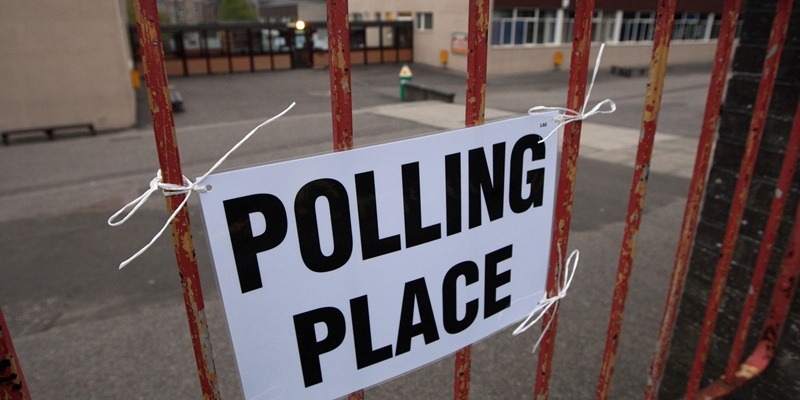Scotland’s council elections look set to be overshadowed by a record low turnout.
As polls closed at 10pm on Thursday it appeared around only one third of the adult population had taken the time to cast a vote despite good weather across much of the country.
The official figure for the first standalone local elections in nearly two decades will not be known until the votes are counted and the results announced today.
But Dundee looks to have recorded a particularly low turnout, with many polling stations struggling to reach the 20% mark during a day described as ”slow” by a city council spokesman.
Polling stations in Fife, Angus and Perth and Kinross were also very quiet and appeared to be recording turnouts around the 25% to 35% mark.
Sources also suggested that as little as half of the 550,000 Scots who requested a postal vote had bothered to return their ballot paper.
It was the first local government contest not to be held at the same time as a Holyrood election since 1995, when the turnout was 45%. The ballots were separated after thousands of papers were spoilt in 2007 when voters got confused by the different voting systems.
The latest voter apathy is likely to provoke increased calls for reform of the current local authority system and spark debate over measures such as elected mayors.
It should also benefit Alex Salmond’s SNP, whose grassroots support is thought to be more energised due to the party’s recent electoral success.
SNP campaign director Derek Mackay said he was confident the Nationalists would have the most councillors after the votes were counted.
He added: ”Given that this is the first time in almost 20 years that council elections have been held as a standalone poll, almost all of us are in uncharted territory in terms of turnout.”
Observers believe the overall result could be determined by the performance of Liberal Democrats, who saw their share of the vote plummet in the Scottish Parliament election last year.
The party, which is in coalition with the SNP in both Perth and Kinross and Fife, fear a disastrous day that could leave them with as few as 80 councillors.
Party leader Willie Rennie said: ”A record low turnout would be bad for democracy. People shouldn’t take their vote for granted and it is up to us all to convince people of the value of taking part in elections.”
Scottish Conservative leader Ruth Davidson said: ”Although it is difficult to predict a result before it is announced, we have fought a good, strong campaign based on real localism.”
Turnout is likely to be slightly higher in Glasgow, where the SNP have been fighting a gruelling battle to win a city once viewed as a Labour stronghold.
There are 1,223 council seats across all 32 local authorities.
In 2007, the SNP won 363, Labour 348 and the Liberal Democrats 166. The Tories got 143 seats, while the Greens won 8.For full coverage of the results in your area, see Saturday’s Courier
